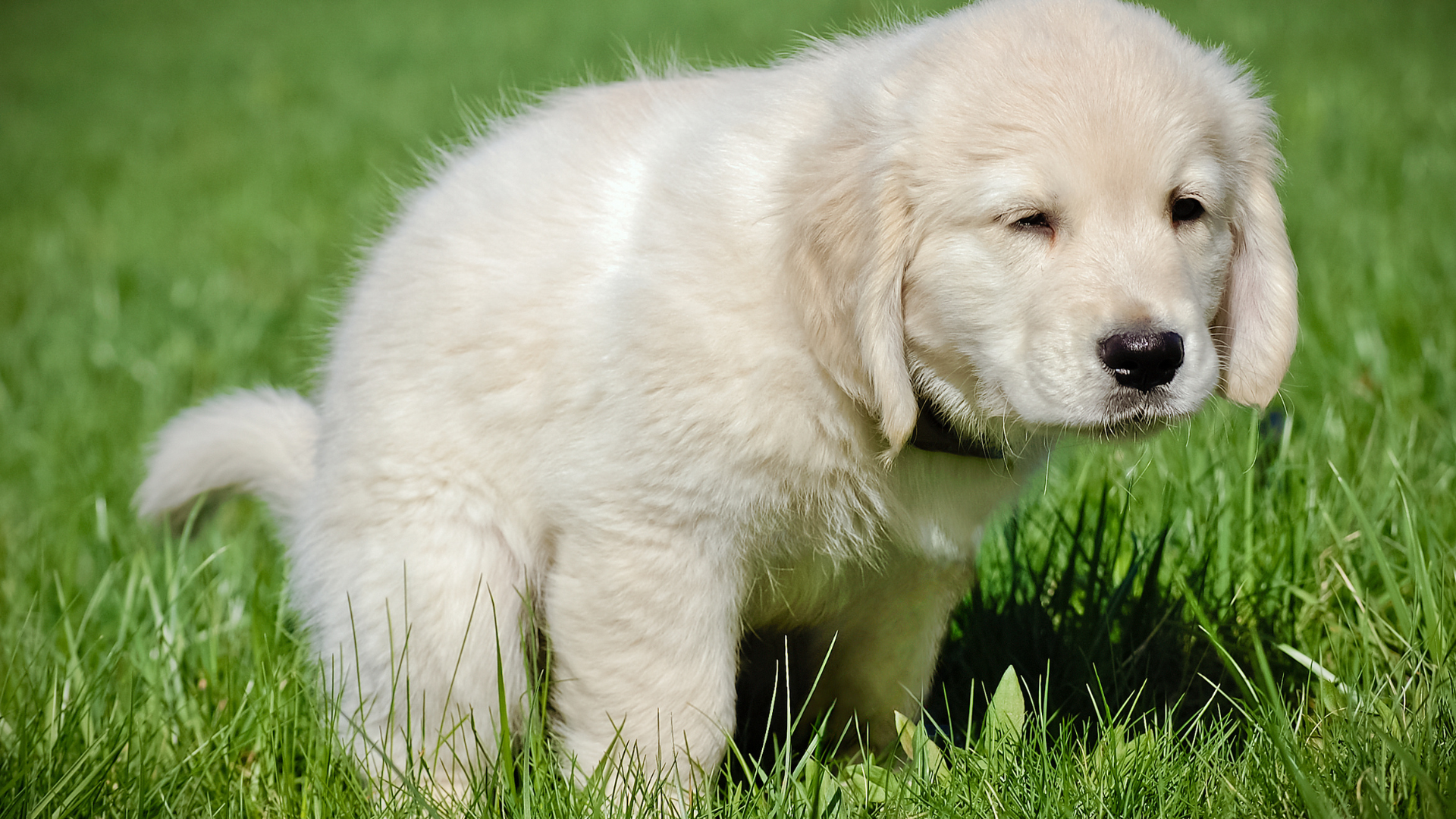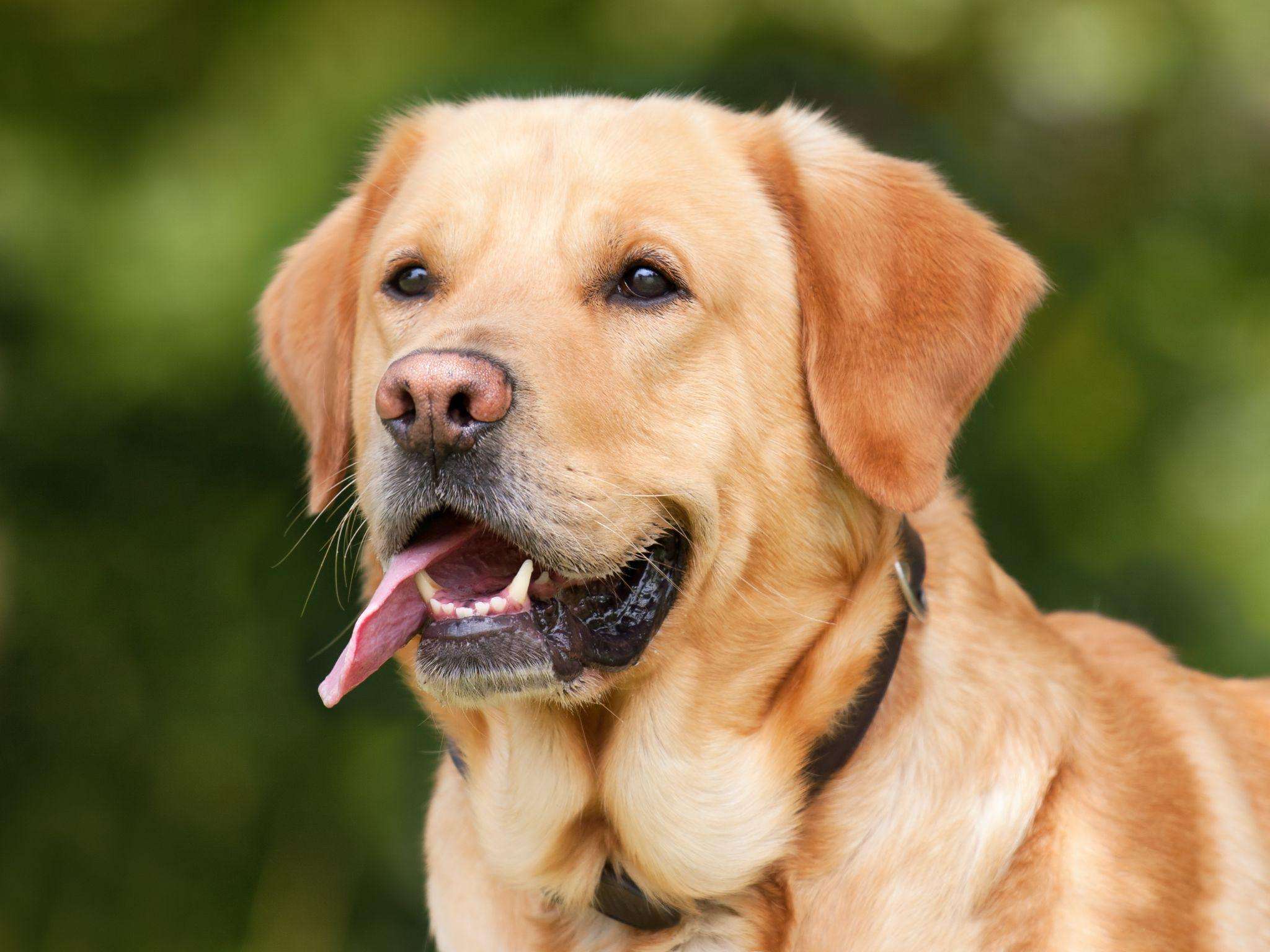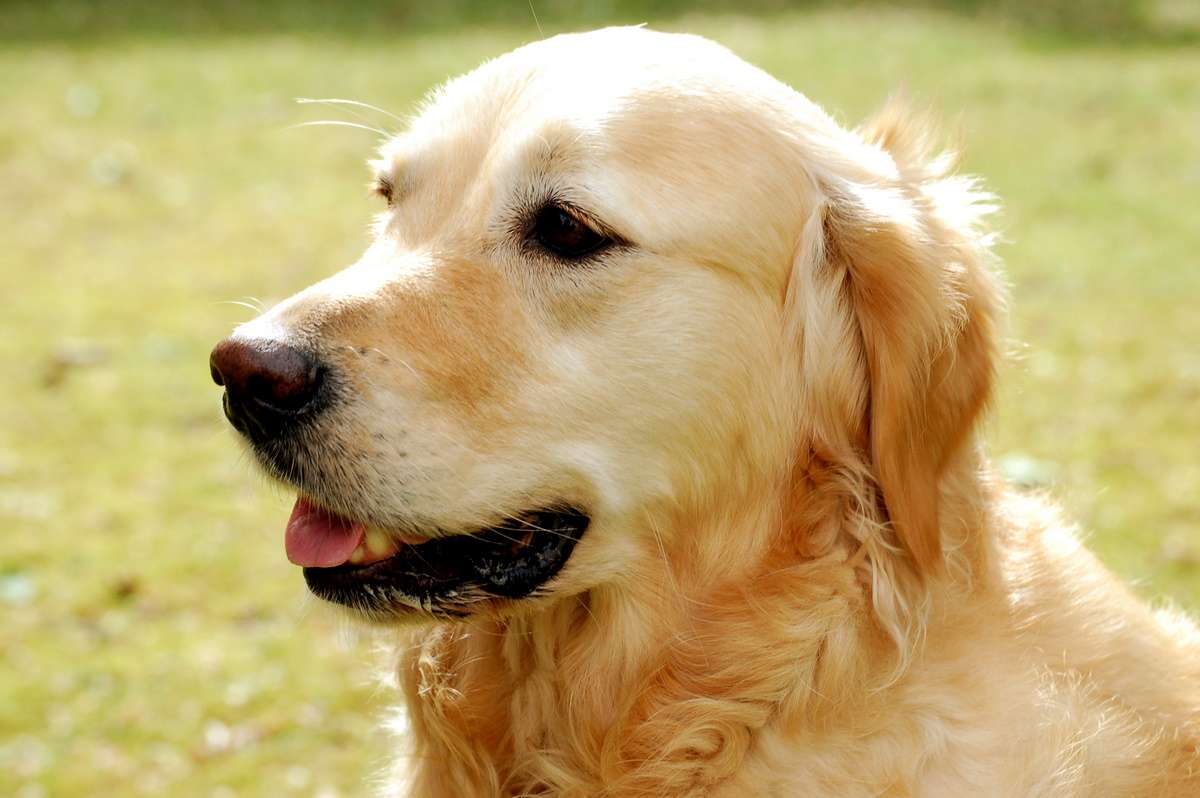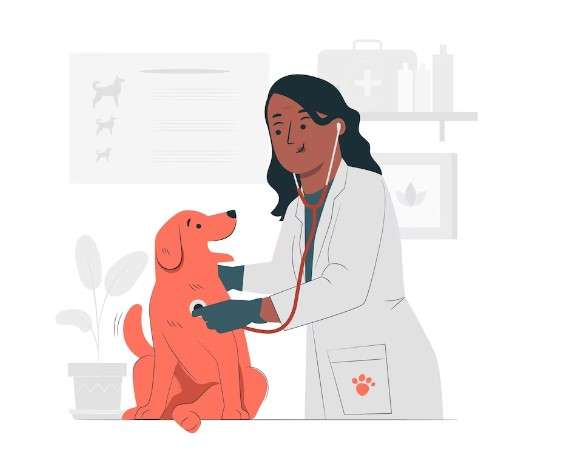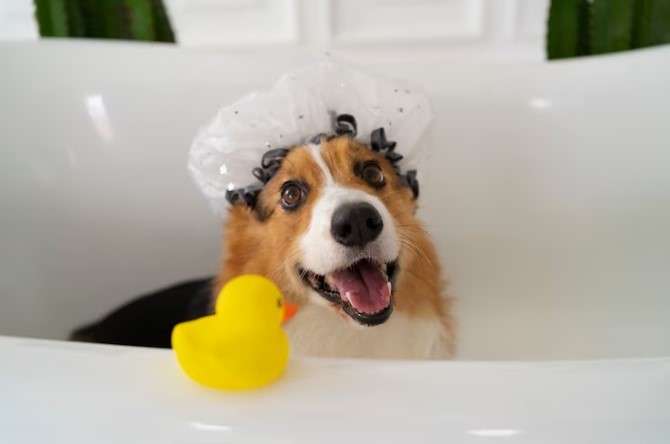Many pet owners struggle with the problem of teaching their dogs where to go potty. The traditional solution—outdoor training—often poses problems of time, energy, and cleanliness. However, one modern and convenient alternative is the use of “dog potty grass”—an innovation that brings the outdoor potty experience right into your home or apartment. Dog potty grass, often referred to as grass patches for dogs or dog grass pee pads, offer convenience and ease, but how do you train your dog to utilize them? Let’s explore.
Understanding Dog Potty Grass
Dog potty grass is essentially a portable patch of natural or synthetic grass that you can place in your home for your dog to eliminate on. It can be a lifesaver for apartment dwellers, elderly dog owners, or anyone who struggles to provide regular outdoor potty breaks for their pet.
The Value of Training Your Dog
Training your dog to use potty grass offers several benefits:
- Convenience: No need to rush home from work for a bathroom break or brave the elements late at night.
- Cleanliness: Easy to clean and replace, these pads offer a sanitary solution.
- Simplicity: Once trained, your dog will understand where to go, reducing accidents elsewhere in your home.
Effective Techniques for Training Your Dog to Use Potty Grass
Training a dog to use potty grass involves patience, consistency, and positive reinforcement. Here are some practical techniques:
- Start with a Crate: Dogs naturally do not like to soil their sleeping areas. A crate can teach your dog to hold it until they are let out to use their grass patch.
- Establish a Routine: Regular feeding times will lead to regular potty times. Take your dog to the grass patch about 15-30 minutes after meals.
- Use Cue Words: As your dog gets ready to go, use phrases like “go potty” to help them associate the act with the grass patch.
- Reward Good Behavior: Whenever your dog uses the grass patch, give them a treat, praise, or extra playtime. Positive reinforcement makes a big difference.
- Limit the Options: Initially, limit your dog’s options to ensure they understand the grass patch is the only place to go. This might involve monitoring them closely or using baby gates to confine them near the potty grass.
Troubleshooting Common Problems
Even with the best training techniques, you might encounter a few common problems:
- Refusal to Use the Grass Patch: This can occur if your dog associates the patch with punishment or negative experiences. Always maintain a positive atmosphere during training.
- Preferring Other Places: If your dog is continually eliminating in places other than the grass patch, restrict their access to those areas or increase the attractiveness of the grass patch with treats or toys.
- Using Grass Patch for Play: Some dogs may see the grass patch as a fun new toy. If this happens, supervise their interaction with the pad until they understand its purpose.
Tips for Training Different Ages and Breeds
Not all dogs are the same, and some might require a bit more patience and time:
- Puppies: They have small bladders and may need more frequent breaks. It’s also crucial to start training early and maintain consistency.
- Adult Dogs: Older dogs can learn new tricks! They might take a little longer to unlearn old habits, but with consistency and patience, they can be trained to use potty grass.
- Small Breeds: These dogs can find large grass patches intimidating. Start with a smaller patch and gradually increase the size.
- Large Breeds: They may need larger grass patches. It’s also important to change the patches more frequently as they will get soiled faster.
Maintaining Your Dog Potty Grass
Maintaining your dog’s grass pee pad is essential for hygiene and to ensure your dog continues to use it. Here are some tips:
- Regular Cleaning: Clean the grass patch daily to keep it sanitary and odor-free.
- Replace When Necessary: Depending on the type, you may need to replace the grass patch every week or month. Signs it needs replacing include unpleasant odors and visible soiling.
- Multiple Patches: Having more than one grass patch can help during cleaning times. You can switch out the soiled one for a clean one right away.
Takeaway
In conclusion, teaching your dog to utilize potty grass can take time, patience, and consistency, but the benefits make the effort worthwhile. Whether you’re an apartment dweller, frequently away from home, or simply seeking a more convenient potty solution for your canine companion, the transition to dog potty grass could be a game-changer. So, embrace these techniques, stay patient and consistent, and soon enough, you and your furry friend will appreciate the benefits of this modern approach to an age-old problem.






